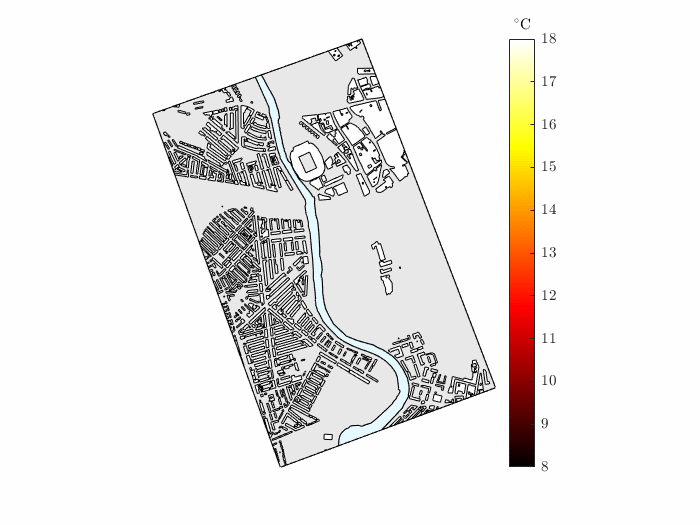Subsurface Energy Modelling
The Universities of Cambridge and California, Berkeley, in partnership with the British Geological Survey, are launching a joint project on Modelling and Monitoring of Urban Underground Climate Change. This project is run as part of the Data Centric Engineering Research Programme at the Alan Turing Institute and the Centre for Smart Infrastructure and Construction at the University of Cambridge.
The objective of this NSF (US)-EPSRC (UK) funded research is to better understand impacts of urban underground infrastructure, such as basements and tunnels, on shallow subsurface temperature increase at city-scale.
Overview
In dense urban areas, the underground is exploited for a variety of purposes, including transport, additional residential/commercial spaces, storage, and industrial processes. With the rise in urban populations and significant improvements in construction technologies, the number of subsurface structures is expected to grow in the next decade, leading to subsurface congestion. Recently emerging data indicate a significant impact of underground construction on subsurface temperature and there is extensive evidence of underground temperature rise at the local scale. Although it is well known that urbanization coupled with climate change is amplifying the urban heat island effect above ground, the extent of the underground climate change at the city scale is unknown because of
(i) limited work on modelling the historical and future underground climate change at large scale and
(ii) very limited long-term underground temperature monitoring.
The hypothesis of this research is that (a) the high ground temperature around tunnels and underground basements, (b) the observed temperature increase within the aquifer, and (c) inefficiency in ventilation of the underground railway networks, necessitate more detailed and reliable knowledge of urban underground thermal status.
The project will develop a framework for monitoring and predicting temperature and groundwater distributions at high resolutions in the presence of underground heat sources and sinks. This can be achieved via a combination of numerical modelling, continuous temperature and groundwater monitoring and statistical analyses. The ultimate goal is for every city to generate reliable maps of underground climate, with the ability to understand the influence of future urbanization scenarios.

Team
University of California, Berkeley: under the lead of Prof Kenichi Soga and Co-PI Dr Matthew Dejong, the Berkeley team consists of Postdoctoral Research Associates Dr Shenghan Zhang, and PhD students Alp Çinar, and Xiang Sun.
University of Cambridge: Dr Ruchi Choudhary, head of the Energy Efficient Cities Initiative, together with Co-PI Dr Giovanna Biscontin leads the Cambridge team consisting of Postdoctoral Research Associates Dr Monika Kreitmair and Dr Nikolas Makasis.
Other project partners include Dr Asal Bidarmaghz at the University of New South Wales, and Dr Kathrin Menberg at the Karlsruhe Institute of Technology.